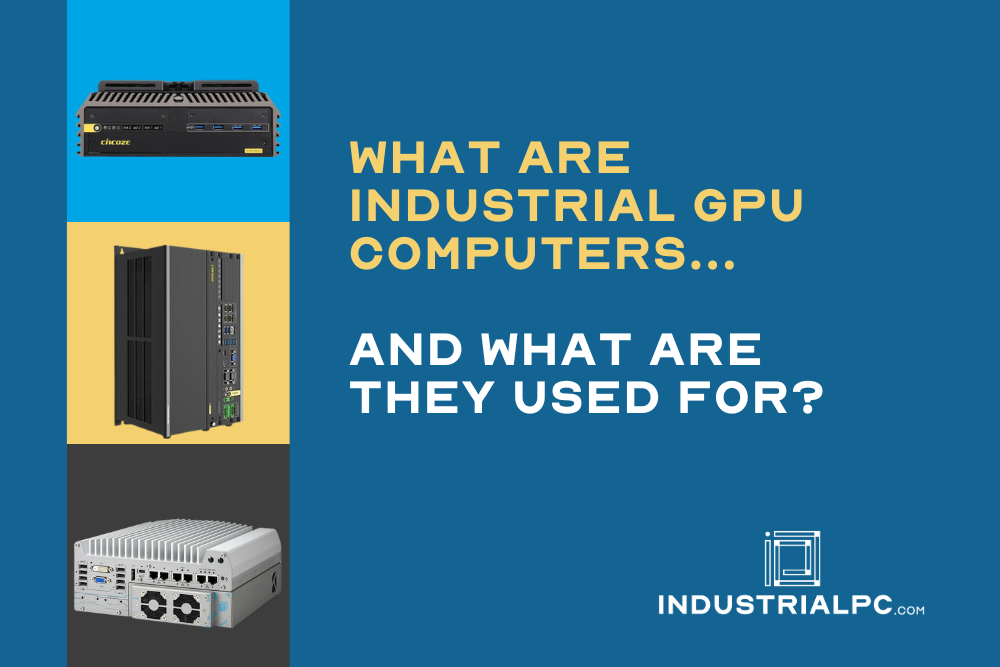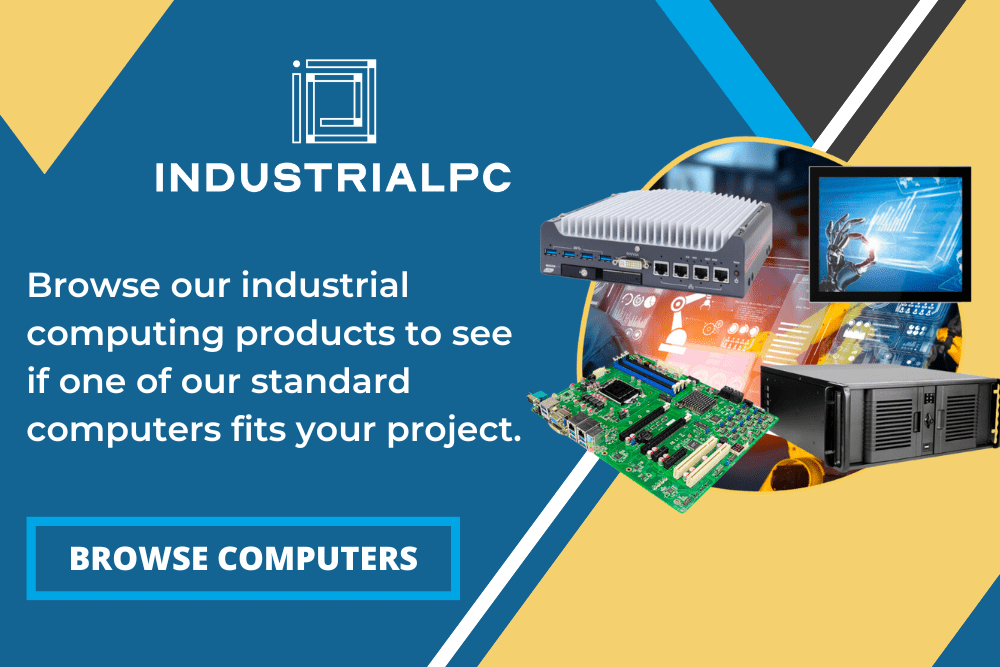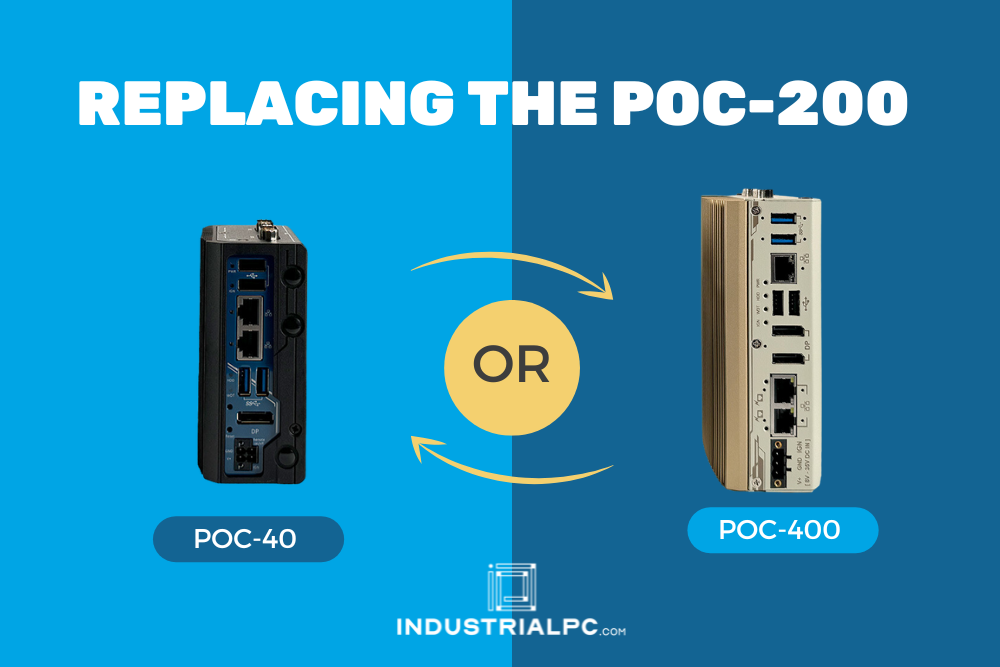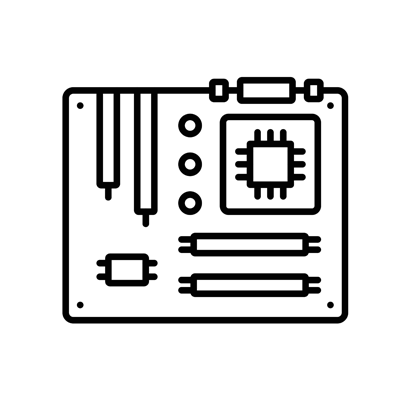The convergence of AI and automation technologies is accelerating the demand for high-speed and large-scale data processing at the edge. Edge devices, once simple data collectors for nearby devices, now leverage AI models and algorithms to perform complex analysis and machine learning on that data, necessitating higher processing power.
Industrial GPU computers deliver the necessary performance, providing the optimal collaboration between CPU and GPU for powerful image processing and real-time data analysis. Historically deployed in data centers, they’re gradually being adopted at the edge and have become the ideal choice for the Edge AI era.
This article explores the advantages and applications of industrial GPU computers and then provides some real use cases for a more comprehensive understanding of the future role and potential of industrial GPU computers.
Advantages of Industrial GPU Computers
In industrial applications, the core industrial computers are divided into CPU computers and GPU computers based on their application requirements. CPU computers rely on a few high-performance cores and are good for multi-tasking, making them well-suited for applications with complex logic and requiring multi-tasking.
GPU computers are designed to accommodate GPU cards for high-speed parallel processing through thousands of dedicated processing cores on the GPU. They provide powerful parallel computing capabilities and can efficiently handle many simple simultaneous operations such as matrix operations, image processing, and other computing-intensive tasks.
In machine learning model training, the biggest advantage of GPU computers is that they shorten computing time, quickly analyze high-resolution images, and achieve real-time data processing and judgment. These characteristics make the GPU computer an efficient and smart solution for applications such as industrial inspection, automated production line defect identification, and smart city security monitoring.
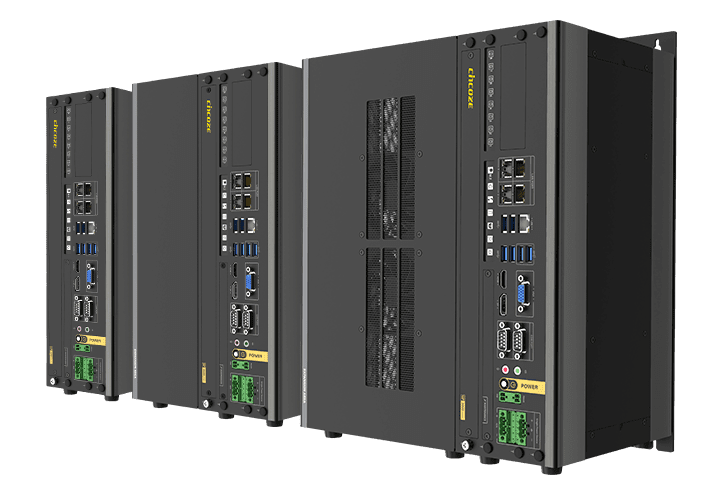
Core Features of Industrial GPU Computers
High-Performance Computing
The combination of GPU and CPU computing power enables GPU computers to have extremely efficient computing performance, not only accelerating computing tasks, but enabling the processing and analysis of incoming data streams, greatly improving work efficiency. Various GPU cards are available to cater to different application requirements, including SoM GPUs for embedded applications in small spaces, MXM GPUs for more flexibility, and PCIe GPUs for maximal power solutions.
Heat Dissipation Technology & Stability
GPUs consume a lot of power and generate heat, so they need a cooling system tailored to keep temperatures in check and ensure long-term, stable operation.
Even under high loads, advanced cooling solutions can reduce the temperature and ensure stable equipment operation.
High-Speed Transmission
To cope with large image data streams and high-speed network communications, GPU computers must support the high-speed interfaces, such as PCIe slots, as well as high-speed I/O options like LAN, USB, and more, to improve overall processing efficiency.
GPU Computer Applications
Full-body X-ray Scanner
Security personnel use full-body X-ray scanners to scan people and objects for dangerous or prohibited items quickly.
Through advanced X-ray technology, these scanners can improve inspection efficiency and accuracy, ensuring safety while reducing the workload and requiring fewer manual inspections.
Case Study
A system integrator in Africa chose the Cincoze GM-1000 Embedded GPU Computer for its whole-body X-ray scanner system.
The scanner is widely used in prisons, airports, transportation hubs, border points, mines, and other places that require security inspections and plays an important role in large-scale events.
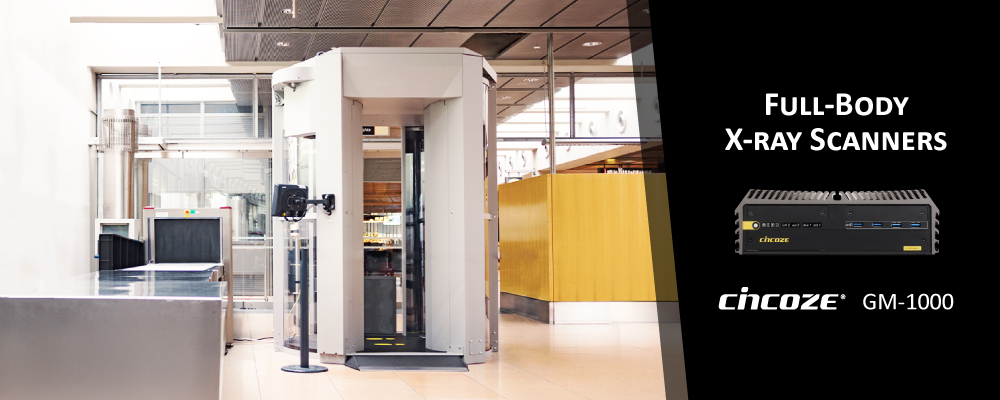
Airport e-gate
The airport’s e-gate fully automates passenger identity verification and the customs clearance process in busy terminals, improving the speed and accuracy of customs clearance while reducing airport operating costs and optimizing overall customs clearance efficiency, allowing passengers a smoother customs clearance experience.
Case Study
A well-known European multinational chose the Cincoze GM-1000 embedded computers to integrate into the e-Gate system for automatic customs clearance at the airport.
It is responsible for scanning passports, controlling gates, and connecting to the database for facial recognition.
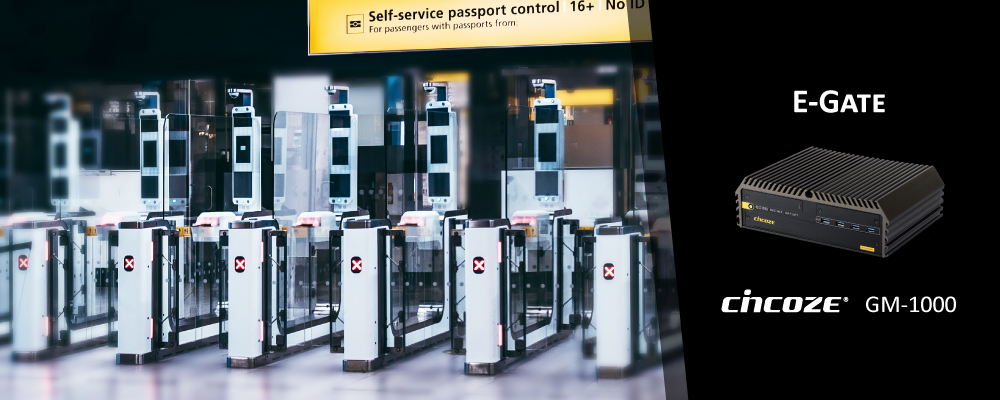
Automatic Track Detection
Track inspection is crucial in rail transit systems, and automatic track inspection vehicles provide an efficient and accurate solution that can instantly monitor the status of tracks, such as wear, deformation, cracks, and other issues. The inspection vehicles shorten inspection time, thereby reducing operating costs and ensuring the stable operation and safety of the track.
Case Study
A railway system engineering company specializing in the manufacture of track construction and maintenance machines selected the Cincoze GP-3000 embedded computers and applied them to their automatic track inspection vehicles.
This vehicle is equipped with laser sensors and cameras, which are responsible for capturing images of the train’s underside and making precise track safety judgments through machine vision technology.

AOI
Automated optical inspection (AOI) systems use high-resolution cameras and image processing technology to automatically detect defects in electronic products, such as soldering defects and component misalignment. These systems improve inspection efficiency, reduce manual operations, and ensure consistent product quality.
Case Study
An automation equipment manufacturer in Southeast Asia used the Cincoze GP-3000 in its PCBA defect detection system. The system utilizes AOI and deep learning software to accurately detect and mark PCBA defects, including material surface defects, soldering defects, and missing or misaligned components.



